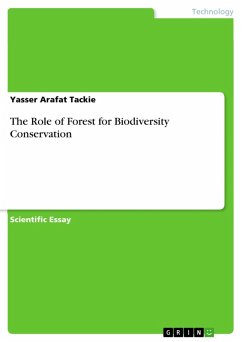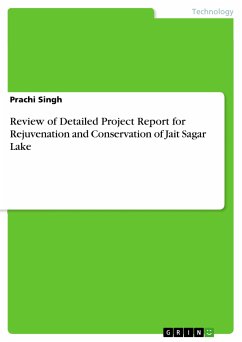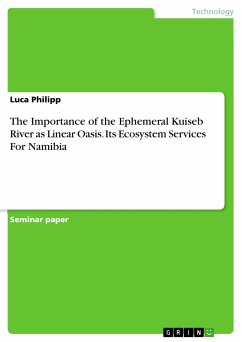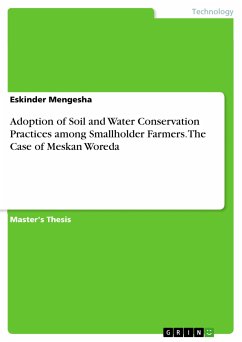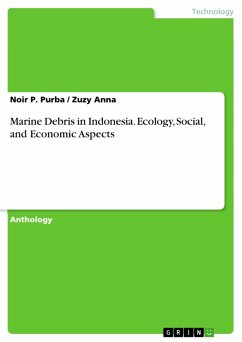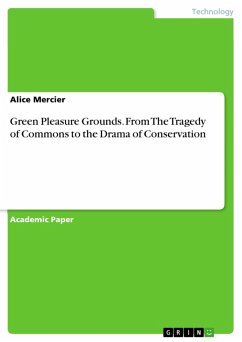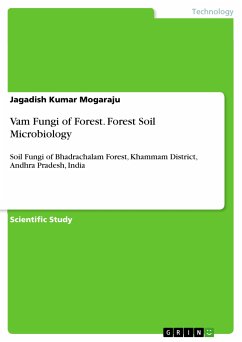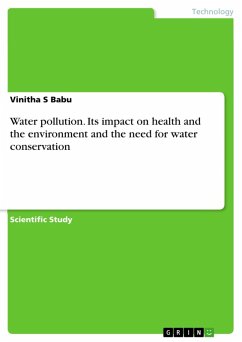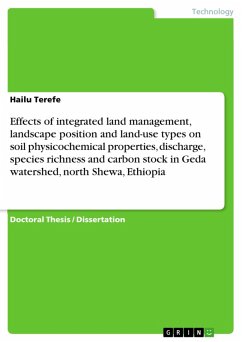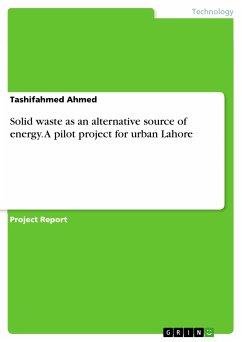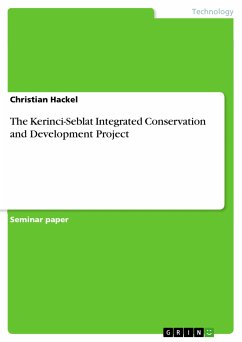
The Kerinci-Seblat Integrated Conservation and Development Project (eBook, PDF)

PAYBACK Punkte
0 °P sammeln!
Seminar paper from the year 2024 in the subject Environmental Sciences, grade: 1.5, University of London, course: Biodiversity, biosecurity and conservation, language: English, abstract: Despite comprising only a small part of the earth's surface, biodiversity hotspots account for a disproportionately high amount of all plant and vertebrae species worldwide. The Kerinci Seblat National Park is located on Sumatra, forming the biggest part of the larger Tropical Rainforest Heritage of Sumatra site, which is on the UNESCO World Heritage List since 2004. It contain 85% of all Sumatran orangutans, ...
Seminar paper from the year 2024 in the subject Environmental Sciences, grade: 1.5, University of London, course: Biodiversity, biosecurity and conservation, language: English, abstract: Despite comprising only a small part of the earth's surface, biodiversity hotspots account for a disproportionately high amount of all plant and vertebrae species worldwide. The Kerinci Seblat National Park is located on Sumatra, forming the biggest part of the larger Tropical Rainforest Heritage of Sumatra site, which is on the UNESCO World Heritage List since 2004. It contain 85% of all Sumatran orangutans, 65% of Sumatran tigers, 55% of Sumatran elephants, as well as the only viable population of Sumatran rhinos. Being one of the largest and most important tropical rainforest reserves in Asia the Kerinci Seblat National Park safeguards the largest remaining stock of tropical rainforest in southern Sumatra, covering a total area of about 14000 km2 across four provinces. It holds great potential for long-term conservation of the vast local biodiversity, including many endangered species. A common objective in conservation practice is to achieve the triple bottom line in the face of inherent trade-offs among social equity, economic return, and conservation outcomes. The Kerinci Seblat Integrated Conservation Development Project sought to address this challenge by applying an inclusive and integrated approach. The intervention was selected as a case study for this essay to explore the root causes for its failure in achieving the intended conservation outcomes. This understanding is deemed critical for practitioners and decision-makers to design and implement more effective interventions in the future. Starting from an overview of the main environmental and social impacts, the essay provides an assessment of effectiveness and equity of the project, based on a literature research. The last section of this paper outlines implications for future research, policy and practice.
Dieser Download kann aus rechtlichen Gründen nur mit Rechnungsadresse in A, B, BG, CY, CZ, D, DK, EW, E, FIN, F, GR, HR, H, IRL, I, LT, L, LR, M, NL, PL, P, R, S, SLO, SK ausgeliefert werden.




